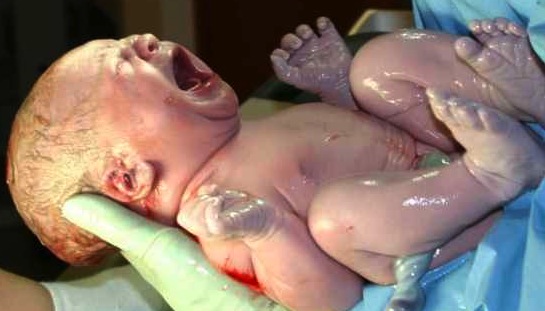The first question I faced, in this week’s “Crossroads” interview, sounded relatively simple: Why did journalists struggle to use the word “fetus” accurately when covering the trial of Dr. Kermit Gosnell?
Like or not, I have had to pay a lot of attention to this issue in recent weeks. For those who have been off the planet during that time, click here for a recent look at The New York Times and its evolution on this topic.
But in this podcast, we went back to the beginning and tried to follow the logic of these arguments all the way through to the end.
You see, back in the days just before and just after Roe vs. Wade, journalists found themselves caught between two forms of language. On one side, on the moral left, there were people who wanted to use the term “fetus” whenever possible, in order to avoid talking about the selective termination of “babies,” “unborn children,” etc. Since surveys show that most journalists, especially in elite newsrooms, are pro-abortion rights, this can affect coverage.
Meanwhile, real people in the real world tend — when dealing with pregnancies — to use baby language. I mean, surely it is rare for someone to come home from the doctor waving an early ultrasound image and say, “Hey! Look at the first picture of our fetus (or perhaps grandfetus)!”
So what happens when you have a story in which two different groups of people — in direct and paraphrased quotations — using these two radically different forms of language? There is tension, to say the least.
I have seen stories in which it was clear that reporters, or editors, went out of their way to avoid direct quotes that included “baby” and “unborn child” language. The result? Paraphrased quotes that literally put fetus language into the mouths of people who didn’t use it.
And what is happening now?













